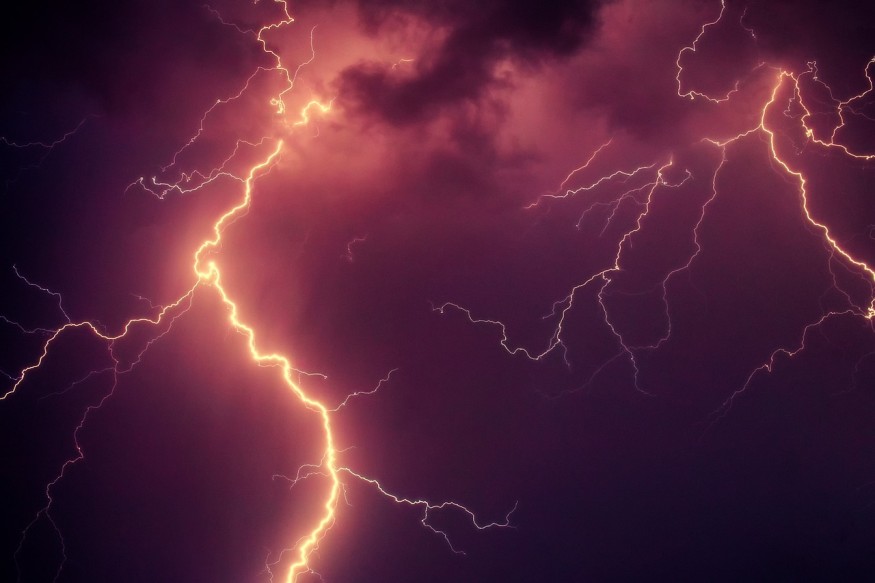
An astrophotographer was able to snap a time-lapse image containing over 100 different lightning bolts during an intense thunderstorm across Turkey.
100 Lightning Bolts
This electrifying shot was snapped by astrophotographer Uğur İkizler, who made the image by mixing various sky shots captured near his home in Mundanya. According to Live Science, the respective images were snapped in a 50-minute period around June 16 at midnight. This meant that, on average, lightning struck every 30 seconds.
İkizler explained to Live Science that each one was beautiful and that the sight of combining all of them was quite frightening. He adds that the thunderstorm was a "magnificent visual feast."
Yahoo! Life adds that at least three kinds of lightning can be seen in the shot. These are cloud-to-water, when bolts strike water rather than land; cloud-to-ground, when bolts strike the ground; and cloud-to-cloud, when bolts start and end among clouds. The shot sports lightning bolts' hallmark zigzag shape.
When you see lightning, run! That’s what @NOAA advises in lightning safety brochures.
— Erika (@ExploreCosmos_) June 18, 2023
This merged view shows all of the lightning that occurred during a 50 minute period just before local midnight. 1/
📸 Uğur İkizler https://t.co/B6qLHga1yv@StormHour pic.twitter.com/fAqGS4dzIV
How Do Lightning Bolts Form?
It is not rare for various kinds of lightning to strike in just one thunderstorm. All over the world, there are 1.4 billion lightning strikes each year. This equates to over 3 million strikes happening each day. The UK Met Office explains that this is equivalent to 44 lightning bolts hitting each second.
According to the UCAR Center for Science Education, due to the attraction of opposites, the negative charge at the storm's bottom may want to connect with the positive charge of the ground. When the negative charge gets sufficiently large, the negative charge flow, known as the stepped leader, ends up rushing towards the Earth.
The ground's positive charge gets attracted to this stepped leader, which leads this positive charge to move up from the land. When both meet, an intense electric current, called a return stroke, carries the positive charge to the clouds. This can be seen as a lightning bolt's bright flash.
Though flashes can be seen before thunder is heard, both tend to occur at the same time. However, flashes appear first due to how light travels faster compared to sound.
Live Science adds that each bolt may contain a voltage that ranges from 100 million to 1 billion volts. On top of this, there are billions of amps in current. According to the National Atmospheric and Oceanic Administration, such large amounts of energy could elevate the surrounding air's temperature by around 18,000 to 60,000 degrees Fahrenheit. This is much higher compared to the sun's surface, which reaches around 10,000 degrees Fahrenheit, Space.com explains.
While researchers are not very sure why these bolts have a distinct zigzag shape, a study suggests that this is due to a form of oxygen that is highly conductive. This form irregularly builds up as the bolt moves to the surface.
Check out more news and information on Environment and Climate in Science Times.
© 2025 ScienceTimes.com All rights reserved. Do not reproduce without permission. The window to the world of Science Times.











